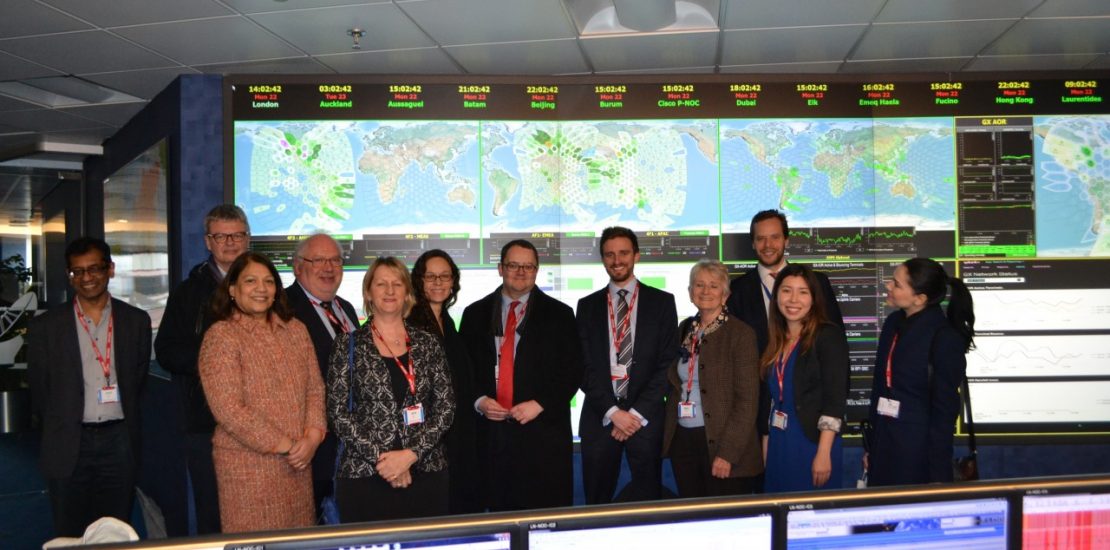- 22/02/2016
- Posted by: Valerie Vaz MP
- Category: News

I visited the Inmarsat HQ in Old Street, London on the 22 February 2016 as part of the Industry and Parliament Trust Fellowship. Inmarsat was established in 1979 and has become an industry leader and pioneer of mobile and satellite communications. Inmarsat is working to examine the business model of affordability, providing connectivity to remote locations through their emerging markets programme.
I saw the map of the cells, where mobile communication was taking place, over Europe, the Middle East and Africa. Satellites are sent into space via the European Space Agency and can pick up the movements of ships. Communications were mapped during the Ebola crisis, the floods in Haiti and in various crisis zones. The cells are coloured dark green if there is a good connection and if there are many users, and a pale blue/ grey if there are no connections at all; it is possible to monitor areas where there is broadcast media interest. Signals are picked up at the control centre and I asked what happened to the spent satellites. I was told that the satellites are sent deep into space. There has been an issue about space debris and I was told that their satellites operate in a higher level.
I asked about whether there are any protocols about who operates within certain areas in space and was told that the International Telecommunication Union (ITU), based in Britain, allocates the zones internationally. I asked who made the satellites, and was told that they are made by a company in Cobham. The company is also based in the building so they can work directly with Inmarsat to find out the precise needs of the company.

